A floating computer assistant called CIMON 2 has been sent to the International Space Station. CIMON will work for the next three years to help the astronauts, and also to be “someone” they can talk to.
The International Space Station (ISS) is a science laboratory in space. The station rotates around the Earth, over 200 miles (320 kilometers) above it. The ISS lets scientists do research in a place with very low gravity.
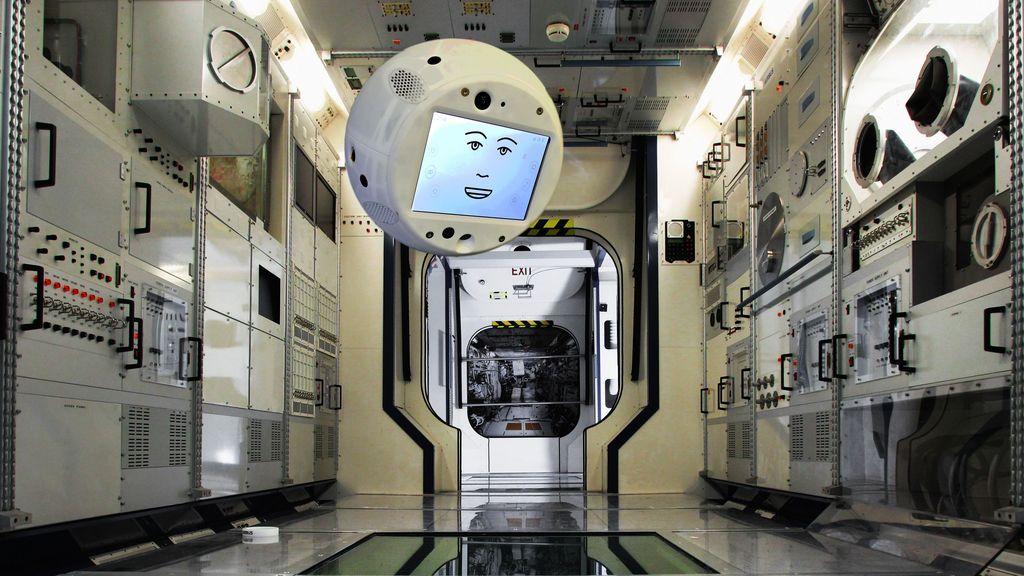
(Source: Airbus.)
The ISS also lets them test things that might be used on other trips into space, like CIMON. CIMON (pronounced “Simon”) stands for Crew Interactive Mobile Companion. In August, the first version of CIMON returned from over a year on the space station. The new device is called CIMON 2.
CIMON was created by the European airplane company, Airbus. It has no arms or legs, but it has motors inside that allow it to rotate in any direction and move where it needs to go.
CIMON was created with two jobs in mind. One is helping astronauts with tasks. The other, which is trickier, is trying to be a companion (friend).
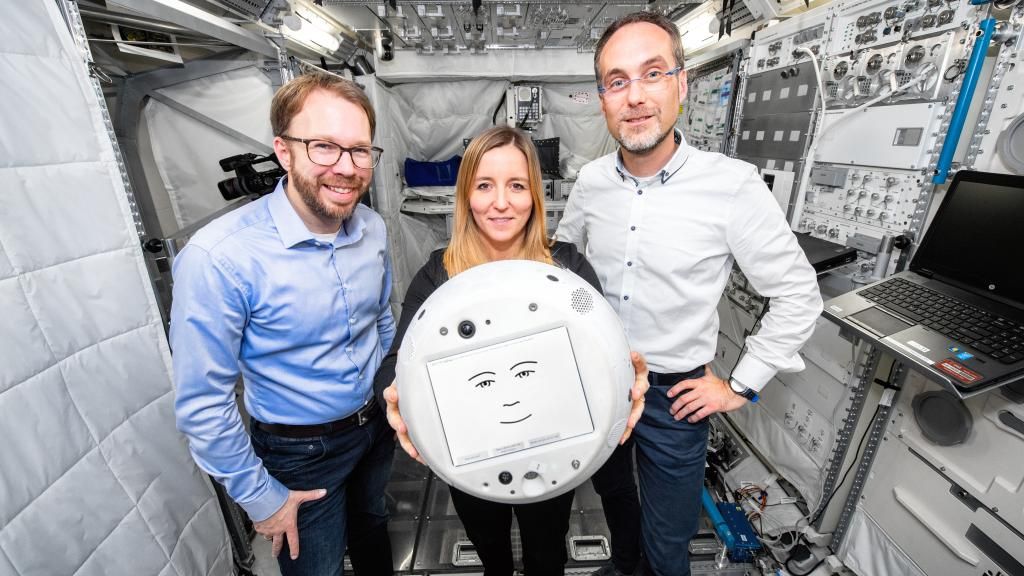
(Source: [(CC BY 3.0)], DLR.)
Helping astronauts is easy for CIMON – it can hear, understand, and speak. The brains behind CIMON were provided by IBM, a computer company with a lot of experience training computers to understand human speech. CIMON can understand not just what people say, but what they mean.
That allows astronauts to ask it for instructions or information using everyday language, keeping their hands and minds free for other, more important things. CIMON can answer the astronauts, or use its screen to display pictures or documents, if needed.
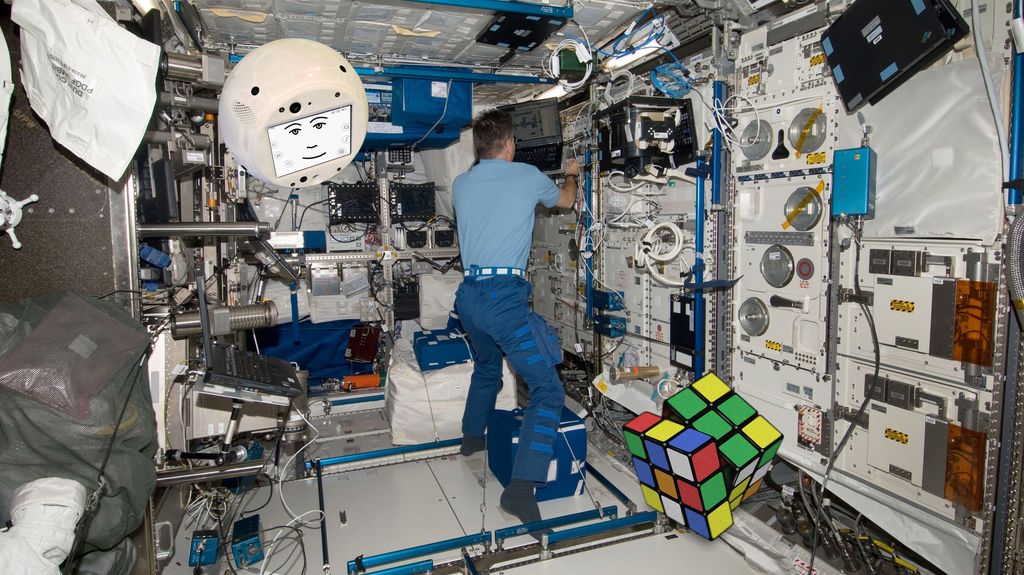
(Source: Airbus.)
CIMON has several cameras, which can take pictures and videos to help astronauts keep records of experiments or other important actions.
The more difficult part of CIMON’s job is being a companion for the astronauts. The first CIMON could understand what people were saying, but it was limited.
In one video, taken with German astronaut Alexander Gerst, CIMON seemed to become confused as Mr. Gerst spoke with another astronaut. “Don’t be so mean, please,” CIMON said.
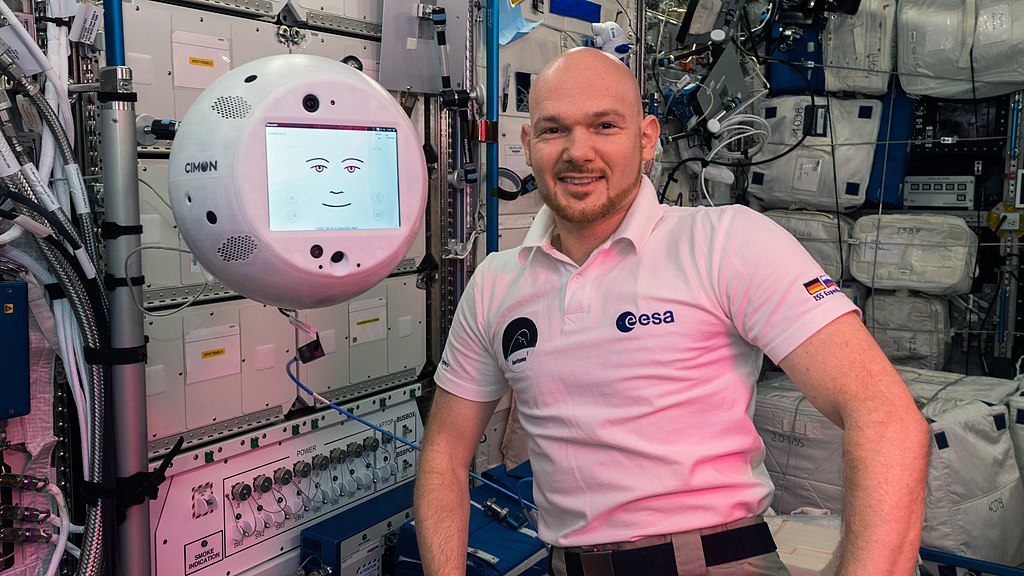
(Source: NASA [Public domain], via Wikimedia Commons.)
CIMON 2 has been improved so that it can recognize emotions and figure out how people are feeling.
One big goal of the CIMON project is to give astronauts “someone” they can share their thoughts with on long trips. Currently there are six people on the ISS. Usually astronauts stay in the ISS for five or six months. Can you imagine what it might be like to live in a tight space with just five other people for six months?
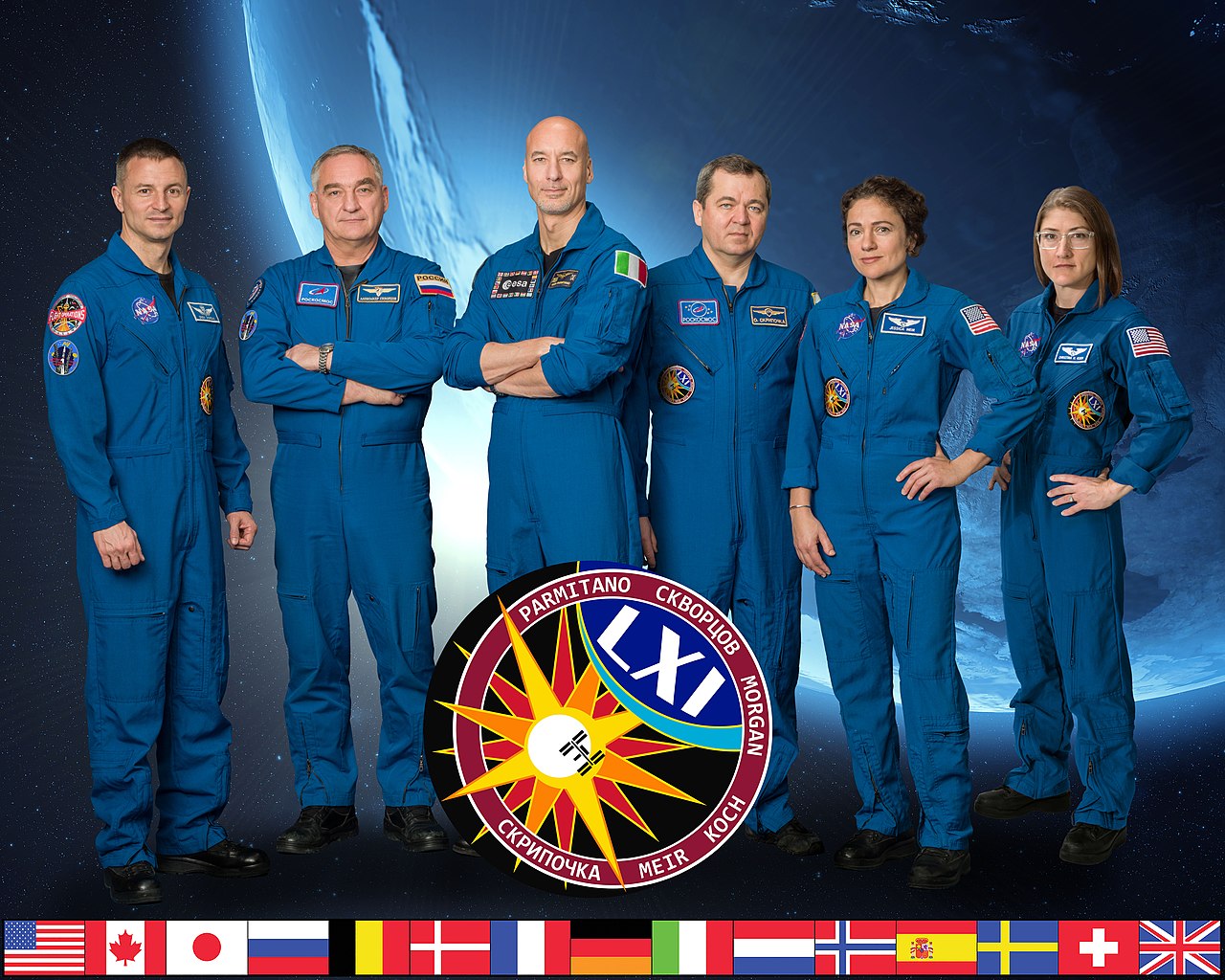
(Source: NASA [Public domain], via Wikimedia Commons.)
Having companions is important on the space station, but it could be even more important during longer trips in space, such as a trip to Mars.
The goal is for CIMON to be a calm, trusted friend that astronauts can talk to when they don’t want to talk with others. This could be especially important if tension in a group of astronauts causes them to stop thinking clearly.
The creators hope that CIMON would be able to help people stay calm and make good decisions.
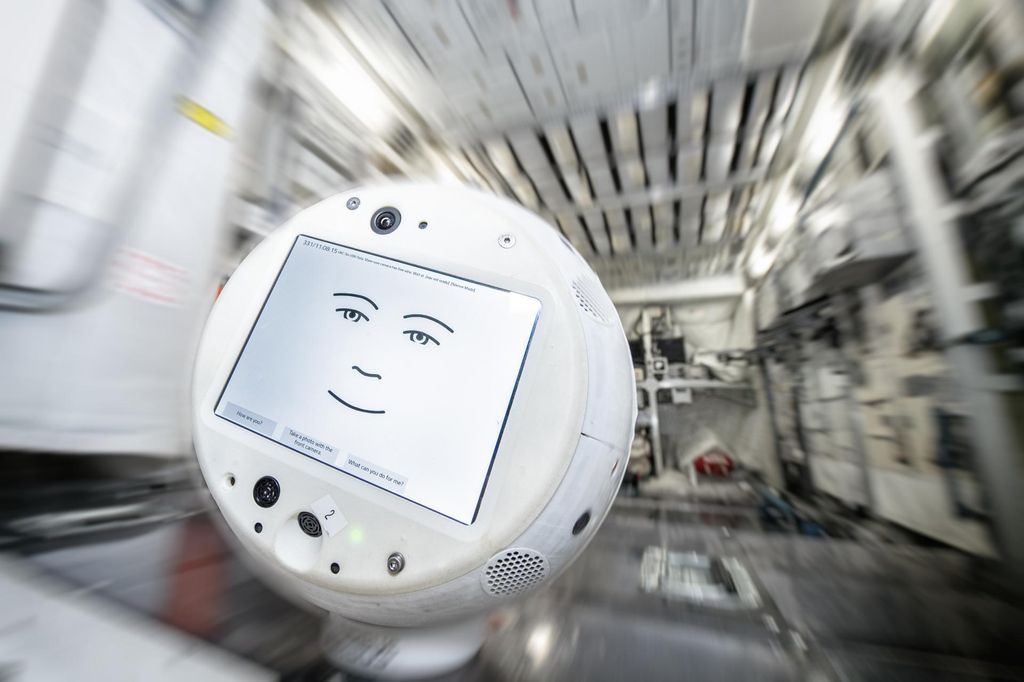
(Source: [(CC BY 3.0)], DLR.)
